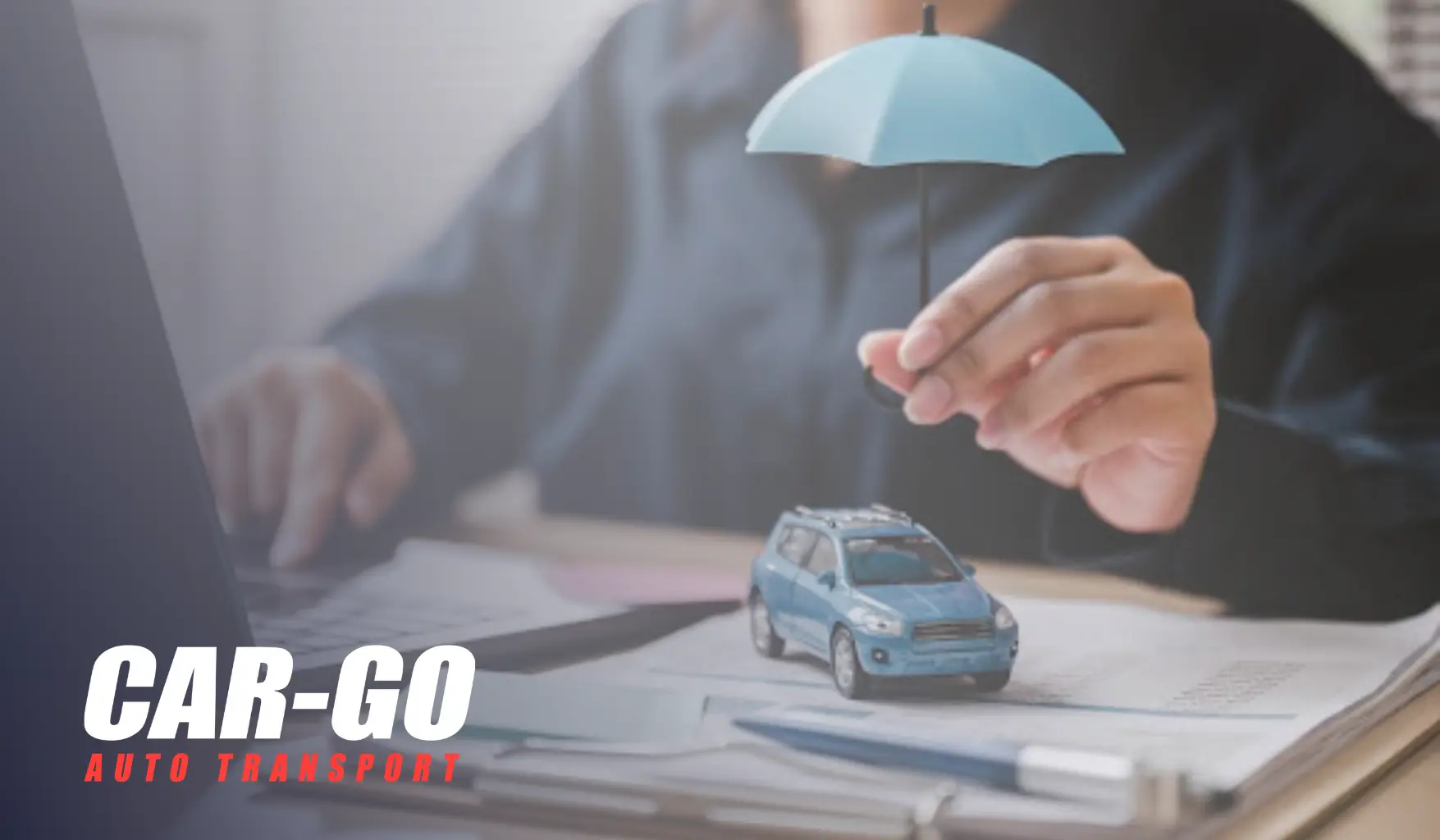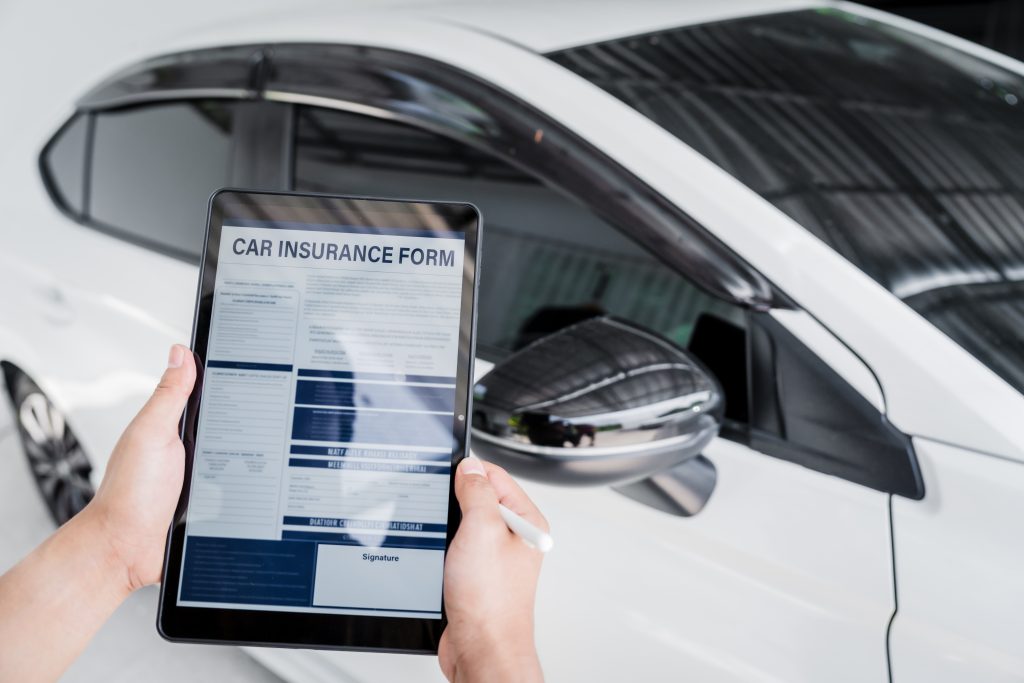Shipping a vehicle across state lines or across the country brings up an obvious question: What happens if something goes wrong? Whether you’re relocating for a new job, purchasing a car from another state, or heading south for the winter, understanding how insurance works during transportation can mean the difference between a smooth experience and a financial headache.
Most people assume their personal auto insurance will cover everything, but that’s rarely the case. Transport insurance works differently, and knowing what’s protected and what’s left exposed helps anyone make smarter decisions when choosing a shipping company.

What Auto Transport Insurance Usually Covers
Every licensed auto transport carrier must carry liability insurance. The Federal Motor Carrier Safety Administration requires this coverage, and it protects vehicles during the actual transport process. Think of it as the carrier’s promise to take financial responsibility if their driver causes an accident or if something happens while the vehicle is in their care.
The standard coverage typically ranges from $100,000 to $1 million per load, depending on the carrier and the type of transport. This insurance kicks in when damage occurs because of the carrier’s actions, whether that’s a collision on the highway, improper loading techniques that scratch paint, or mechanical failures with the transport truck that affect the vehicles being hauled.
Open carriers and enclosed carriers both carry this required insurance, though enclosed transport often comes with higher coverage limits because the vehicles being shipped tend to have higher values. Classic cars, luxury vehicles, and exotic models frequently get shipped in enclosed trailers, and carriers adjust their insurance accordingly.
When a driver loads a vehicle onto their truck, that carrier’s insurance becomes the primary coverage until delivery. The policy typically covers:
- Collision damage from traffic accidents
- Scratches or dents from improper loading or unloading
- Falling debris from other vehicles on the road
- Damage from how the car is secured during transport
If the truck driver takes a turn too fast and the cars shift, causing damage, the carrier’s insurance handles those repairs.

What’s Not Covered
Here’s where many people get surprised. The carrier’s insurance does not cover personal belongings left inside the vehicle during transport. That box of books in the backseat, the spare tire tools in the trunk, or the sunglasses in the center console all fall outside the policy’s scope. Carriers discourage putting anything inside vehicles anyway because extra weight affects fuel efficiency and can shift during transport, potentially causing damage.
Natural disasters and what the insurance industry refers to as “acts of God” also fall outside standard coverage. If a hurricane suddenly changes course and damages the transport truck, or if an earthquake strikes while the vehicle is being hauled, the carrier’s insurance may not pay for resulting damage. These events are unpredictable and considered beyond anyone’s control.
Mechanical failures that existed before transport are also not covered. If an engine problem surfaces after delivery, the carrier isn’t responsible unless someone can prove the transport process directly caused the issue. Pre-existing conditions, whether it’s a worn transmission or a failing air conditioning system, remain the owner’s responsibility.
Common exclusions from carrier insurance include:
- Personal items left inside the vehicle
- Weather-related damage from hurricanes, tornadoes, or earthquakes
- Pre-existing mechanical or cosmetic issues
- Normal road dust or dirt accumulation during open transport
- Damage from improper vehicle preparation by the owner
Wear and tear from normal transport operations sometimes creates gray areas. Minor road dust or dirt that accumulates during an open carrier transport isn’t considered damage. Neither are issues that result from how the vehicle was prepared for shipment. If someone forgets to secure a loose bumper and it falls off during transport, that’s not the carrier’s fault.
How to Verify Insurance Before Booking
Anyone can check a carrier’s credentials through the FMCSA database. Every legitimate transportation company has a motor carrier number and a USDOT number. These identifiers pull up the company’s safety records, insurance status, and complaint history. The database shows whether the carrier’s insurance is current and active.
Requesting a certificate of insurance directly from the company adds another layer of protection. A reputable auto shipping carrier will send this document without hesitation. The certificate shows the insurance company’s name, policy number, coverage limits, and expiration date. Reading through this paperwork before signing a contract reveals whether the carrier maintains adequate protection.
Car-Go Auto Transport provides complete insurance documentation upfront, letting customers review coverage details before committing to service. This transparency helps people feel confident about their choice and eliminates surprises later.
Some carriers try to avoid sharing insurance information or give vague answers about their coverage. These red flags indicate that the company may be operating without proper licensing or insurance. Legitimate businesses understand that customers need to see proof of coverage and will provide it promptly. Knowing common mistakes to avoid when booking can save both time and money.
Supplemental Insurance Options
The carrier’s insurance handles most situations, but certain circumstances may require additional coverage. High-value vehicles sometimes exceed the carrier’s policy limits. A rare sports car worth $200,000 might only be covered up to $100,000 by the carrier’s standard policy, leaving a significant gap.
Adding supplemental insurance fills these coverage gaps. Some carriers offer additional insurance for an extra fee, while third-party companies specialize in transport insurance policies. These supplemental options typically cost between 1% and 3% of the vehicle’s value and provide peace of mind for expensive or irreplaceable vehicles.
Classic car owners, collectors, and people shipping vehicles worth more than $100,000 should seriously consider supplemental coverage. The relatively small upfront cost protects against potentially massive financial losses in the event of an issue during transport.
Sometimes personal auto insurance policies include limited coverage for transport situations. Calling the insurance company before shipping a vehicle clarifies the existing protection. Some comprehensive policies cover transportation damage, although this varies widely among insurance providers.

What to Do If Damage Occurs
Inspection happens twice during the transport process: at pickup and at delivery. The driver and vehicle owner walk around the car together, noting existing damage on a condition report, commonly referred to as a Bill of Lading. This document serves as the official record of the vehicle’s condition before the commencement of transport.
Taking photos from multiple angles before the carrier picks up the vehicle creates additional documentation. These pictures should show all sides of the car, close-ups of any existing scratches or dents, and shots of the odometer reading. Time-stamped photos from a smartphone work perfectly for this purpose.
Upon delivery, the same inspection process is repeated. The driver and recipient examine the vehicle together, looking for any new damage that occurred during transport. This is the time to identify problems, not after signing the delivery paperwork. Once someone signs off that the vehicle arrived in good condition, filing a claim becomes much harder.
If new damage appears, document everything immediately. Take photos of the damage from multiple angles, note the location and size of scratches or dents, and refuse to sign the Bill of Lading until the damage is recorded. The driver should also note the damage on their copy of the paperwork.
Filing a claim starts with contacting the carrier directly. Most companies have a claims process that requires submitting the Bill of Lading, photos of the damage, and a written description of what happened. The carrier’s insurance company then reviews the claim and decides whether to approve payment for repairs.
Response times vary, but most claims get processed within 30 to 60 days. During this period, the insurance company might request additional documentation or send an adjuster to inspect the vehicle. Keeping all paperwork organized and responding quickly to requests speeds up the process.
If the carrier denies the claim or offers an inadequate settlement, the FMCSA complaint process provides another avenue for resolution. Filing a complaint creates an official record and sometimes motivates carriers to reconsider their position. Legal action becomes an option for significant damage amounts; however, most disputes are resolved through the insurance claims process.
Frequently Asked Questions
Ready to ship your vehicle with complete transparency and full insurance protection?
Car-Go Auto Transport provides detailed insurance documentation, constant updates throughout your shipment, and a straightforward process with no hidden costs. Get your free quote today and experience worry-free auto transport.